The Kuala Lumpur-Singapore High Speed Rail (HSR) project has been shelved, for now, but an alternative rail line that’s slower and much cheaper has been mooted. The Star reports that the proposal, which is to upgrade present rail infrastructure instead of starting a new one from scratch (as with the HSR) has been presented to the Council of Eminent Persons advisory panel.
The daily’s sources say that the alternative proposal will cost the government RM20 billion, which is much lower than the HSR’s cost of between RM60 billion and RM70 billion. It would also save Malaysia some RM500 million in compensation to Singapore for cancelling the joint project.
Using KTM’s existing double-track infrastructure, the proposed alternative is slower – 130 minutes from KL to Singapore versus the HSR’s 90 minutes, with a top speed of 200 km/h compared to 320 km/h.
“Cost will be shaved by more than RM50 billion, which is 70% lower compared to the HSR. This does not include land acquisition cost and possible cost overruns incurred by the HSR. The upgrading of the existing railway tracks would involve minimal land acquisition, minimal disruption to existing system and complement the entire national railway network. It would not lead to a duplication of railway lines,” the report’s source said.
If this plan is to go ahead, current rail infrastructure has to be upgraded to accommodate both standard and meter gauge trains, and this can be done by adding a single line next the double tracks. Our present meter gauge tracks are narrower, which limits train speed. The plan will also be cheaper than the suggestion to extend the Express Rail Link from KLIA to Singapore, which could potentially cost at least RM30 billion.
“The suggested ERL extension plan would involve a completely new alignment from KLIA and there is not much of a difference in travelling time compared with the plan to upgrade the existing infrastructure,” the source said. ERL, which is operated jointly by YTL Group and Lembaga Tabung Haji, has said that it is prepared to extend the line to Melaka if the government approves the plan.
While much cheaper, RM20 billion is still a big sum. Do we need such a train service? Will it be sustainable?
Economist Prof Dr Barjoyai Bardai told The Sun that although the alternative project will slash costs by as much as RM50 billion, it will still be unfeasible due to very low returns on investment.
“When finance minister Lim Guan Eng said the HSR would cost RM110 billion, I calculated that the return on investment would be 0.5%, assuming the train runs at full capacity every day. If you half that original sum, the return is still far below, at 1%. My view is we should defer it by at least five years, as the near future should provide other alternatives to explore,” he said.
Malaysian Chamber of Company Directors secretary-general Salihin Abang raised a pertinent question. “The ETS can go as fast as 160 km/h, so why do we need to spend an additional RM20 billion for an alternative to HSR with a speed of 200 km/h? The RM20 billion would be better spent on buying more coaches for ETS to increase trips frequency and offer the convenience of rail travel for the public and to extend ETS tracks for the JB-Singapore route,” he said.
For Universiti Kebangsaan Malaysia economics department head Prof Dr Nor Ghani Mohd Nor, there’s no reason for a costly new train line when there are low cost flights.
“Low-cost airlines can increase flights easily between Singapore and Kuala Lumpur without costing the government a sen, besides contributing taxes to its coffers. Whether or not airlines want to increase flight frequency depends on demand. As long as there is a mechanism for airlines to adjust flight frequency in response to demand for a sector, it will always be fulfilled,” he said.
However, in the longer term, Malaysia and Singapore might be left behind, or saddled with an old system, if the rest of ASEAN picks up HSR in the next two or three decades. This was raised by transport economist Walter Theseira from the Singapore University of Social Sciences to Singapore’s Today Online.
“By building a system now that is not going to be interoperable with a true high-speed rail system, we may put ourselves in the unfortunate position of, in 20 years’ time, having to reinvest in a high-speed rail,” he noted.
Signed in December 2016, the HSR was planned as a 350 km-long double-track route (335 km in Malaysia, 15 km in Singapore) with eight stops in total – Singapore, Iskandar Puteri, Batu Pahat, Muar, Ayer Keroh, Seremban, Putrajaya and Kuala Lumpur. A bridge over the Straits of Johor – with a height clearance of 25 metres – would have linked the line between both countries.
Trains on the service were expected to run 10 car-long trains, with the capacity for up to 100 passengers per car. These trains were projected to run at average speeds of 300 km/h and bring down the rail travel time between KL and Singapore to 90 minutes.
What do we think? It’s undeniable that a true city-to-city HSR system (as originally planned) easily beats flying from KLIA to Changi in terms of speed and convenience, as KLIA is located some distance from the city. However, not many outside of the business traveller set would be able to appreciate this, as tickets won’t be cheap. While easy, fast trains are never the most cost effective, whether in Europe or East Asia, which raises the sustainability issue – will the seats be filled?
Given the high cost of high speed rail, and the current state of the nation’s finances, deferring the HSR plan is wise and necessary. A move to the standard gauge has been long overdue, though. What are your thoughts on the matter?
Looking to sell your car? Sell it with Carro.

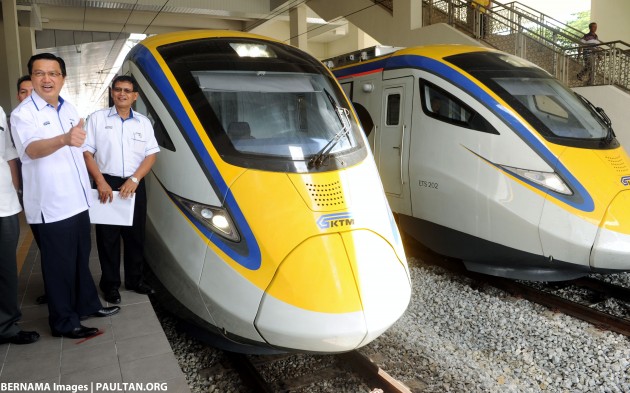
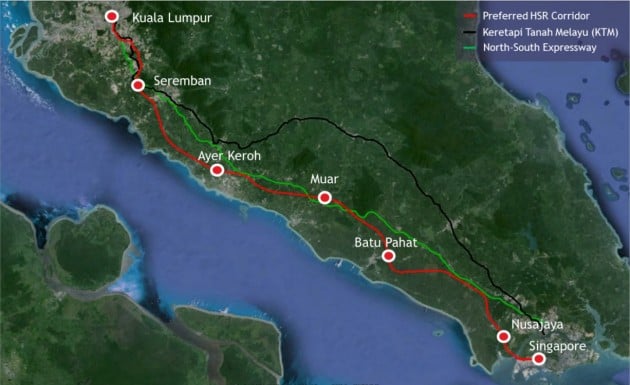
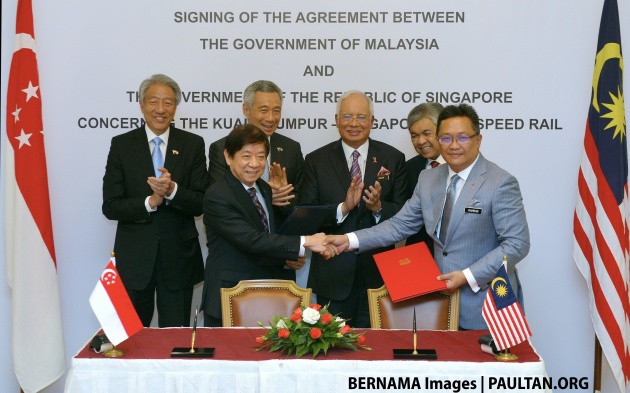
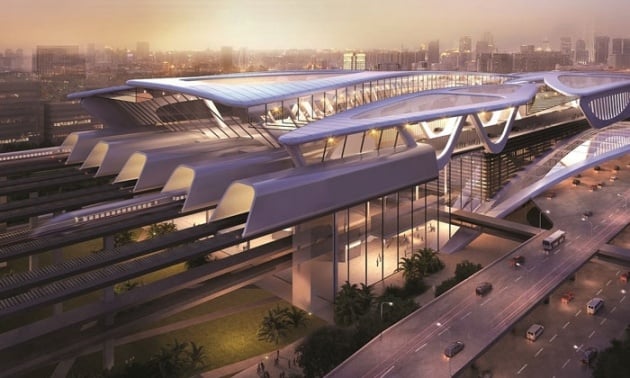
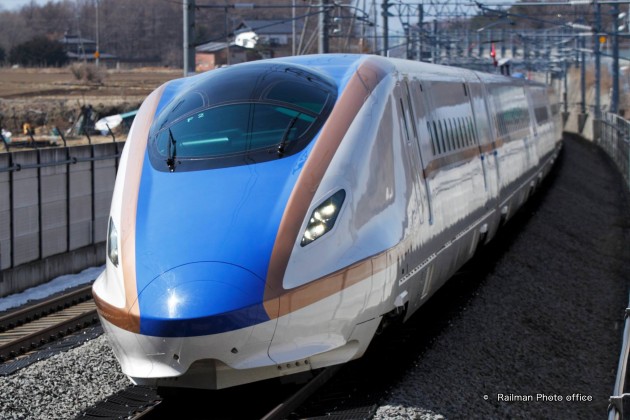
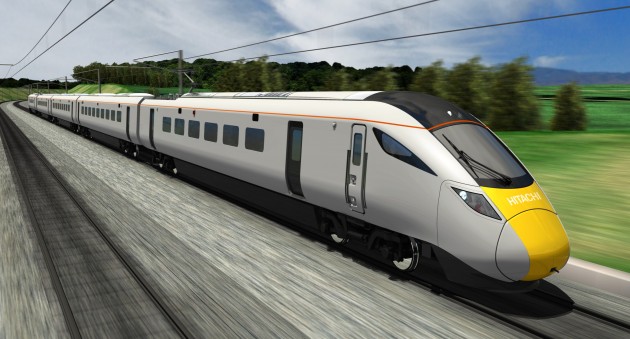










AI-generated Summary ✨
Comments express mixed feelings about the alternative KL-SG rail proposal, with some favoring cost-effective solutions using existing routes and moderate speeds, while others advocate for high-speed trains like the original HSR plan. Several commenters emphasize that longer travel times (beyond 2 hours) diminish train viability compared to flights, and highlight the high costs and potential losses involved in these projects. There is skepticism about the need for extremely high speeds (over 300 km/h) for relatively short distances with multiple stops. Many focus on prioritizing existing transportation infrastructure improvements, such as road expansions and airport upgrades, over expensive rail projects. Sentiments range from support for economical, practical alternatives to criticism, regarding such projects as unnecessary, costly, and prone to becoming white elephants or crony-driven ventures.